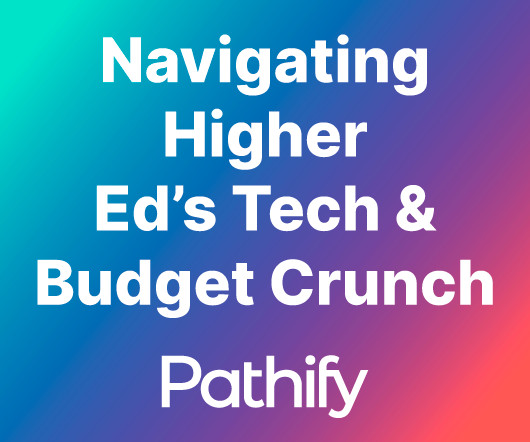Comparing Diversity in Higher Education to the Population
Higher Ed Data Stories
MARCH 31, 2022
I'm going to recommend you read this one closely before you dive into the visualization, as there is a lot of context necessary to understand it. It's mostly driven by the different ways the US Government counts its own citizens compared to the ways in which the US Government requires colleges to count its students. As you probably know, when a student applies for admission (or any time after they enroll), they have the option of indicating race or ethnicity.













Let's personalize your content